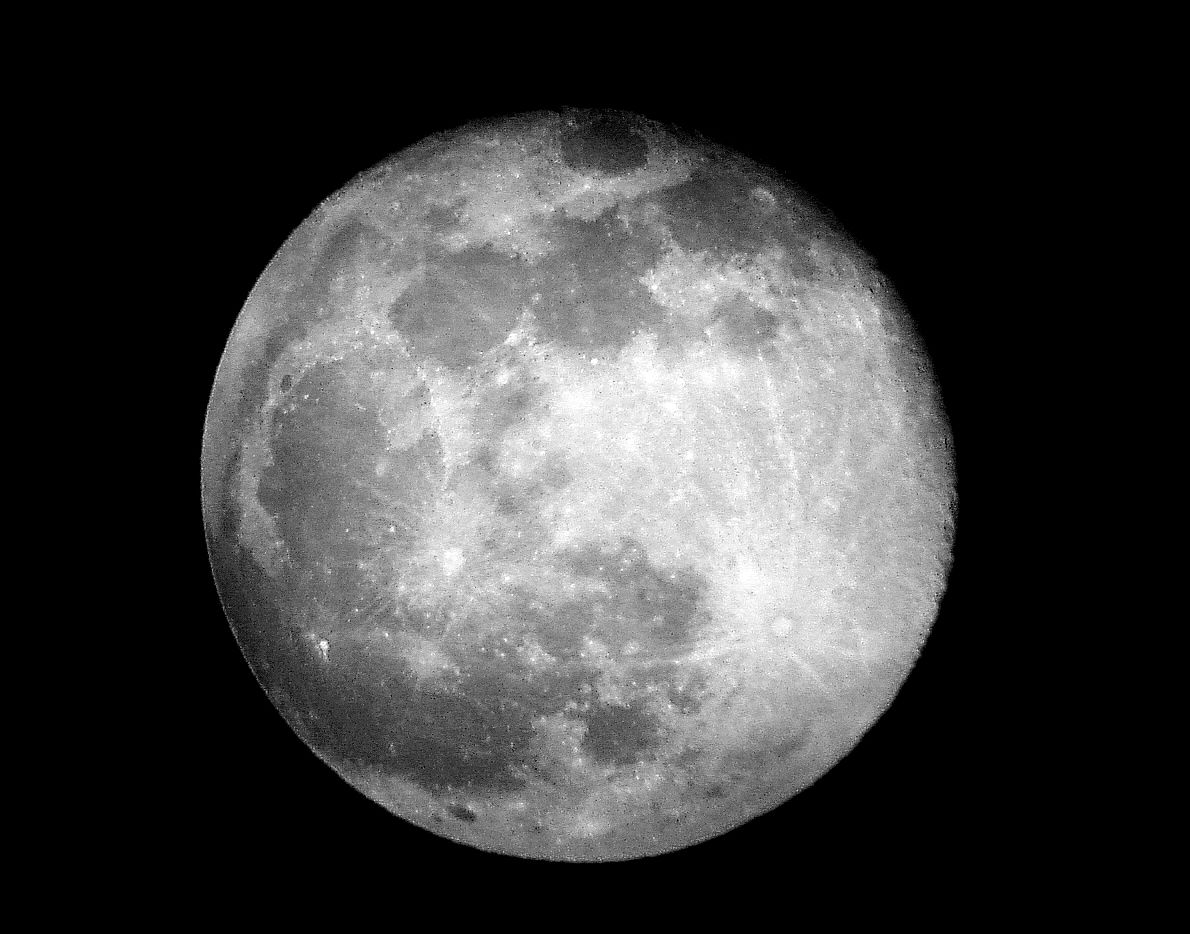
Reaching the moon was such an unbelievable feat that even to this day many people are convinced the entire event was actually staged in a Hollywood studio. But ancient astronaut theorists suggest not only did we land on the moon but what we found there was more incredible than we know. During the 1969 Apollo moon mission, after the landing, there was a very strange two-minute gap in radio transmissions. And what happened during those two minutes has been subject to a lot of controversy. MISSION CONTROL: Neil, this is Houston radio check, over. Columbia, this is Houston, over. ASTRONAUT: Small white object. NARRATOR: According to scientists and NASA researcher Otto Bender, various ham radio operators were able to intercept secret communications with mission control that were not made public. The astronauts apparently talked about seeing extraterrestrial objects on the moon, including flying saucers parked along the edge of a crater within their view. Now the truth of it is is that each of the astronauts had a separate medical channel. That channel was not public, and it could have been very easily used to communicate information that you didn't want to be heard over the general public transmissions. What's really interesting about that story, though, is the fact that within 30 minutes of the landing on the moon, that story was circulating around NASA that, hey, guess what? They saw something on the rim of a crater? They were all upset. They didn't know what to do. They didn't know if they should go out. It is interesting when you watch the feed of when they came back from the moon. They're not sitting there jumping up and down for joy and saying I had the most incredible experience in my life. I was on the moon. They're not saying that. They look very sullen, very depressed. They're looking down. They almost look like they want to vomit. That's how disturbed they look. Could they have seen something there that they didn't want to tell the public because of the implications? I believe that what this country set out to do was something that was going to be done sooner or later. We find for the first time that man has the flexibility or the option of either walking this planet or some other planet. It's a beginning of a new age. NARRATOR: After Apollo 11, NASA would send six more manned missions to the moon, culminating with Apollo 17 in 1972. ALAN BUTLER: One of the most interesting questions with regard to our interaction with the moon is why we have never gone back there again since the Apollo missions? And what else is very telling is that although the USSR at the time was getting to be quite able to send its own astronauts to the moon, it never seems to have done so. Could it be that there were agencies associated with the moon, aliens or other beings, who had warned humanity to stay away for some reason?
Comments
Post a Comment